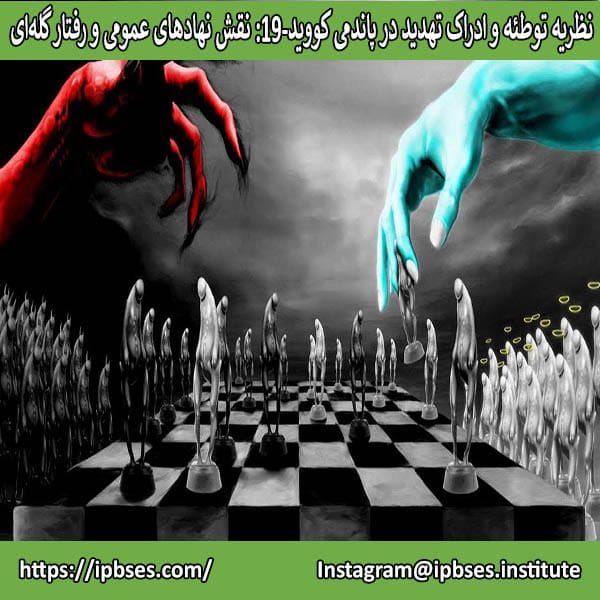پژوهشگران دانشگاه کاتولیک قلب مقدس، و دانشگاه پیسا ایتالیا به بررسی وضعیت ابعاد اضطراب جدایی و شخصیت در معتادان الکل، قمار بازان و افراد دارای اختلالات اضطرابی پرداختند.
روش پژوهش:
در این پژوهش بر اساس ضوابط تشخیصی DMS-IV-TR تعداد 38 فرد دارای اختلالات اضطرابی، 30 فرد معتاد به الکل، و 35 فرد معتاد به قمار (مجموعاً 103 نفر) شرکت نمودند.
ابزارهای پژوهش شامل مصاحبه بالینی ساختار یافته برای نشانه های مرضی اضطراب جدایی (SCI-SAS)، پرسشنامه اضطراب جدایی بزرگسال (ASA)، و پرسشنامه خلق و خو و منش (TCI-R) بودند.
یافته ها:
- بیش از یک سوم افراد دارای اختلالات اضطرابی (34.2%)، 13.3% از افراد وابسته به الکل و 11.4% از افراد دارای اختلال قمار بازی دارای اختلال اضطراب جدایی بزرگسال هستند.
- نمرات اضطراب جدایی در هر سه گروه (اختلالات اضطرابی، اعتیاد به الکل، اعتیاد به قمار) رابطه مثبت با اجتناب از آسیب دارند.
- سطح اضطراب جدایی در هر سه گروه (اختلالات اضطرابی، اعتیاد به الکل، اعتیاد به قمار) رابطه منفی با خود-محوری دارند.
راهبردهای کارکردی:
- اختلال اضطراب جدایی بزرگسال در میان افراد وابسته به الکل و نیز افراد دارای اختلالات کنترل تکانه تقرییاً یک سوم افراد دارای اختلالات اضطرابی است.
- شیوع اختلال اضطراب جدایی بزرگسال در بین افراد دارای انواع اختلالات اضطرابی بسیار زیاد است (بیش از یک سوم). این امر نشانگر لزوم افزودن متدها و تکنیک هایی با محوریت درمان اختلال اضطراب جدایی در فرآیند روان درمانی این مراجعان است.
- یکی از شیوه های مهم کاهش بروز اختلال اضطراب جدایی، آموزش مهارت های فرزندپروری کارآمد به والدین، پیش از فرزندآوری آنها است.
Adult Separation Anxiety and TCI-R Personality Dimensions in Patients with Anxiety, Alcohol Use, and Gambling: A Preliminary Report
Abstract
Background.
Nowadays, adult separation anxiety disorder (ASAD) is an established diagnostic category but is little investigated in subjects with addictive behaviours.
Objective.
To assess the presence of ASAD among patients with addictive disorders in comparison with anxiety patients and measure the personality correlates in all these groups.
Methods.
103 outpatients, meeting DSM-IV-TR criteria for anxiety disorders (38 patients), alcohol dependence (30 patients), or pathological gambling (35 patients). They were assessed by the Structured Clinical Interview for Separation Anxiety Symptoms (SCI-SAS) and the Adult Separation Anxiety Checklist (ASA-27).
It was for separation anxiety and by the Temperament and Character Inventory-Revised (TCI-R) for personality characteristics.
Results.
ASAD is detected in 34.2% of anxiety patients, 13.3% of alcoholics, and 11.4% of gamblers. Separation anxiety scores correlate positively with harm avoidance and negatively with self-directedness in all groups.
further correlations are seen among addictive patients only, that is, self-transcendence for gamblers and cooperativeness for both alcoholics and gamblers.
Conclusions.
The prevalence of ASAD is lower among addictive patients than in those with anxiety disorders; correlations are found between separation anxiety and specific TCI-R dimensions, with some matching across the three diagnostic groups.




